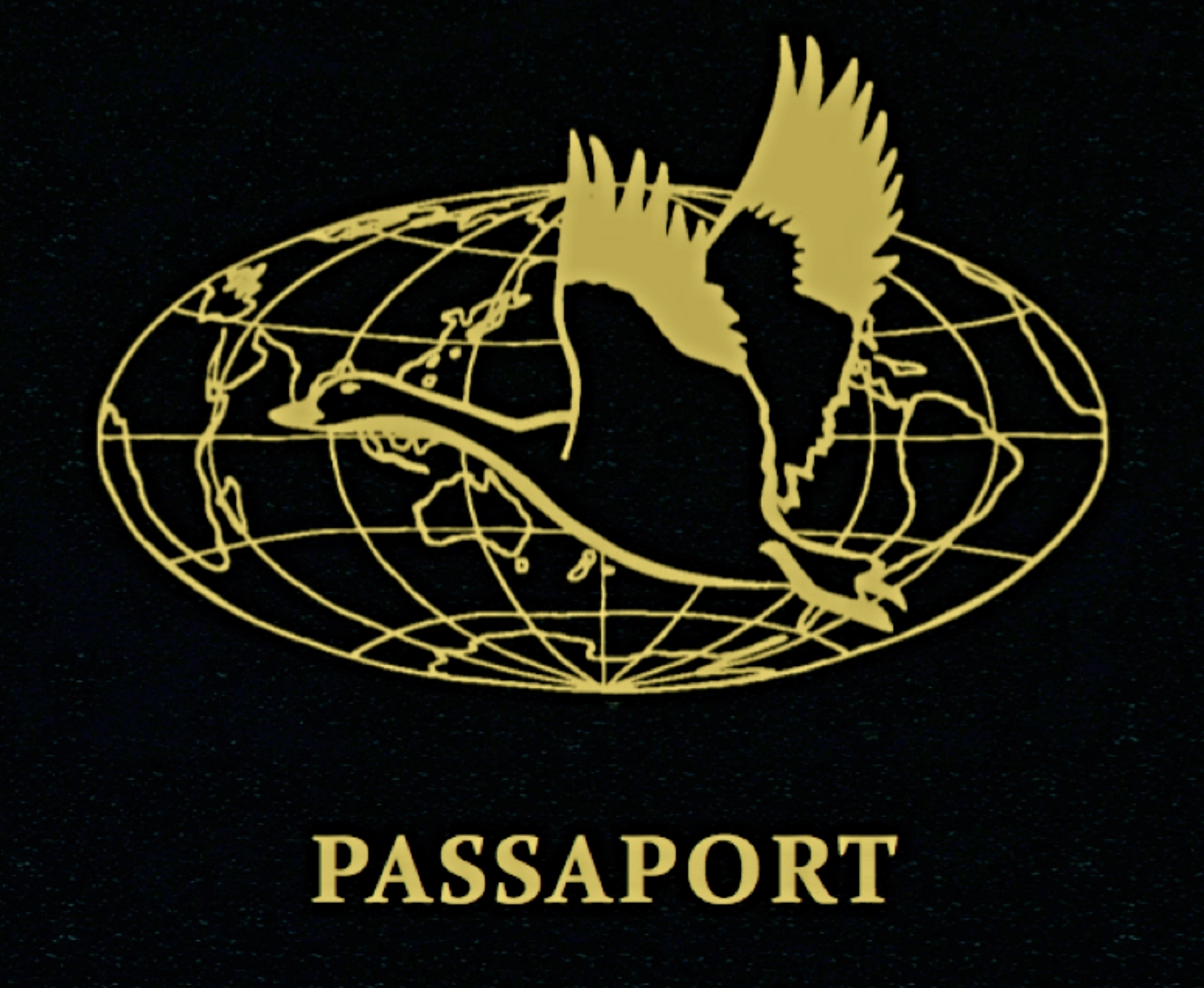The Migration Map is a collaborative artistic installation created for the first time in May 2012, at the Camac Centre d'Art in Marnay-sur-Seine, France. After Mexican artist Emilio Jiménez had constructed an asymettrical ‘spider-web’, using ropes and tape stretching between the walls of the Camac tower, we converted this spider-web into a network of “migrants’ tightropes”, from which we began to hang drawings, photographs, small toys, newspaper cuttings, poems (by Immanuel Mifsud and Mahmoud Darwish, and Jack Hirschman’s Path, which I have been carrying in my wallet ever since discovering it in a Shakespeare & Company newspaper in June 2010, and has consoled me many times), books (including Karen Connelly’s intriguing poetry collection The Border Surrounds Us, which I happily found on a Camac bookshelf), ‘real’ and ‘poetic’ passports, old and new maps, and other elements linked to the ideas of migration, travel, and human rights. Many other ‘ingredients’ for this Migration Map were things I came across in the streets of Paris, such as metro travel tickets, leaflets, postcards, a bookmark advertising an Erasmus party, a sticker-book of national flags for children… Other items came from a brocante, a second-hand trinket shop we had come across in the nearby hamlet of Louan: a mini globe keychain, trolls and other figurines to represent travellers balancing on the strings, a plastic duck in a wicker basket to give the idea of imprisoned flotsam, a naked doll hung by the neck in reference to the trafficking and exploitation of women, dice and playing cards to symbolise the luck needed for the journey to be safe...
Trésors d'Afrique, a Playmobil Magazine game in which children are invited to 'dig' for diamonds and jewels in a mould of sand...
The ‘map’ also included cuttings from a recent Playmobil magazine, featuring European explorers in search of treasures in Africa, with the assistance of cheerful black jeep drivers and manual workers; this magazine even came with a small game, a mould of sand in the shape of Africa, concealing blue ‘diamonds’ that children are instructed to ‘dig’ for with a small spade… Fittingly, the largest item to be hung from the tightropes was a children's book containing the Universal Declaration of Human Rights, pegged to show in particular Articles 13 (the right to leave one's country and return home) and 14 (the right to request asylum from persecution). Finally, the hanging elements also included drawings by some of the other resident artists at Camac, among them a hot air balloon by Joomi Chung, blurred sea waves by Karen Hibbard, and a skull, an eagle and two serpents biting each other’s tail, taken from different series of works by Celeste Carballo (Ritual, The Myth of the West, Natural History). Twenty minutes after completing the installation, having taken some photographs and a video recording, I had to very quickly uninstall it to make room for the next artist, Neema Lal, whom I thank for briefly lending me her ‘real’ Indian passport, complete with a Schengen visa.
The Migration Map, a collaborative 3-D monument to migrants, plural in its expression, yet singular in its message in favour of universal freedom of movement, could easily be used as an informal training and workshop activity for schools and NGOs. Participants would be invited to create their own collaborative "map" by seeking and hanging items of their own, related in one way or another to the realities of migration. Working on the artistic installation would serve first as a stimulus for reflection and debate, and then as a collective expression of the results of the discussion. Once the Migration Map is complete, it can be documented in photographs and on video so as to spread the message online, and it could be used as a backdrop for a public recital, in which members of the audience are invited to temporarily 'renounce' their documents ('real' passport, ID card, driving licence etc.) to be hung on the web during the event, in solidarity with the migrants, refugees and asylum seekers making their way across the tightropes.
Click here to see a full photo gallery on Facebook, or watch the video below.

